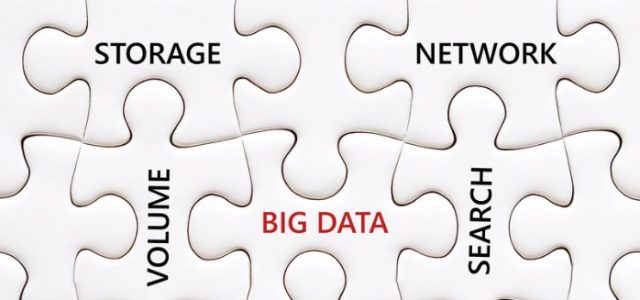The majority of the research organisations and industry commentators are making their predictions for 2017 and, almost without exception, we are reading of the rise of artificial intelligence, the internet of things and bots. There is a widely held belief that these technologies are now sufficiently mature to become mainstream solutions. As with any technology as it emerges there are the early adopters and the consensus seems to be that 2017 is the last great opportunity to gain from early adoption.
However, there is a wider issue in play that we need to examine from the CIO perspective: many of these emerging technologies are being tested and distributed through the consumer market which means that they are readily available to anybody. Our business is now able to see and use emerging technology at the same time as the IT department. This early access is causing the business to demand much more rapid adoption as they are able to visualise where these technologies can enhance their business activity. Emerging technology has a new velocity and direction of travel as it enters organisations through the business and speeds to the heart, bypassing the traditional governance of IT on the way.
If we couple this new velocity and direction of travel with the fact that business requirements are increasingly diverse with groups consuming technology in very different patterns, then we have a very definite need for a highly adaptive IT operating model. This new model must be capable of enabling and supporting multiple groups of technology service consumers but also capable of continuously changing and moving to meet changing business conditions and needs.
If we accept this changing paradigm, then we must also accept that our conventional approach to change and development is being challenged. The speed and complexity of technological change must give rise to a new method of operating. We are no longer able to operate a centralised approach of approval and release: we must find a far more decentralised approach to enable the flexibility that our organisations require to thrive in the current technological revolution.
To enable this change we must understand what our new service catalogues will contain, how we will manage costs and how we will create mechanisms that allow users to self-manage their technology environments in a safe, secure and effective way. We need to define an approach that provides us with a greater understanding not only of what we are doing but how we are doing it.
All of these emerging technologies bring with them the need for processing power. They all require to be secured effectively and they all generate significant volumes of data that must be both stored and then analysed. Although the exploration and adoption of many of these technologies will be completed within the business, it will always fall to the IT function to provide these underpinning elements. Within IT we must create an infrastructure capable of supporting these changing needs not only in terms of capacity but also in terms of performance, availability and security. IT will also have to continue to integrate multiple systems from a variety of external vendors and gather and aggregate data from many sources.
We are now firmly within the age of disruption and the roles of the CIO and IT has changed from a response driven service centre to a pro-active source of competitive value within the business. IT must constantly scan the business to identify trends and change as early as possible. When changes are identified, IT needs to understand the incompleteness of many technology visions and treat this as an opportunity for development. Perhaps most importantly of all, IT must build agility into its DNA to allow time and space for trial and error. Allowing for errors and having the agility to correct them will establish IT as a focal point for foresight and innovation that can help shape business strategy.
The emerging technology landscape will re-define much of our lives. The success of many organisations will depend on how well they embrace these technologies and make them work. 2017 is most definitely the year of change and for many organisations to not only succeed but to survive, IT must change too.
Article by channel:
Everything you need to know about Digital Transformation
The best articles, news and events direct to your inbox
Read more articles tagged: Change & Transformation, Culture, Featured, Future of Work






